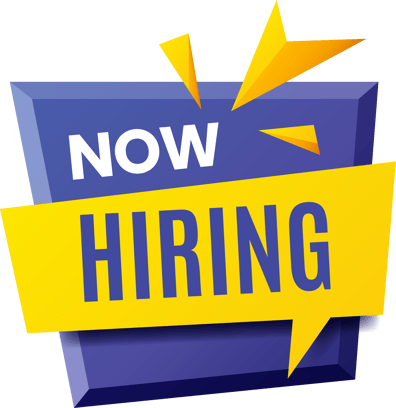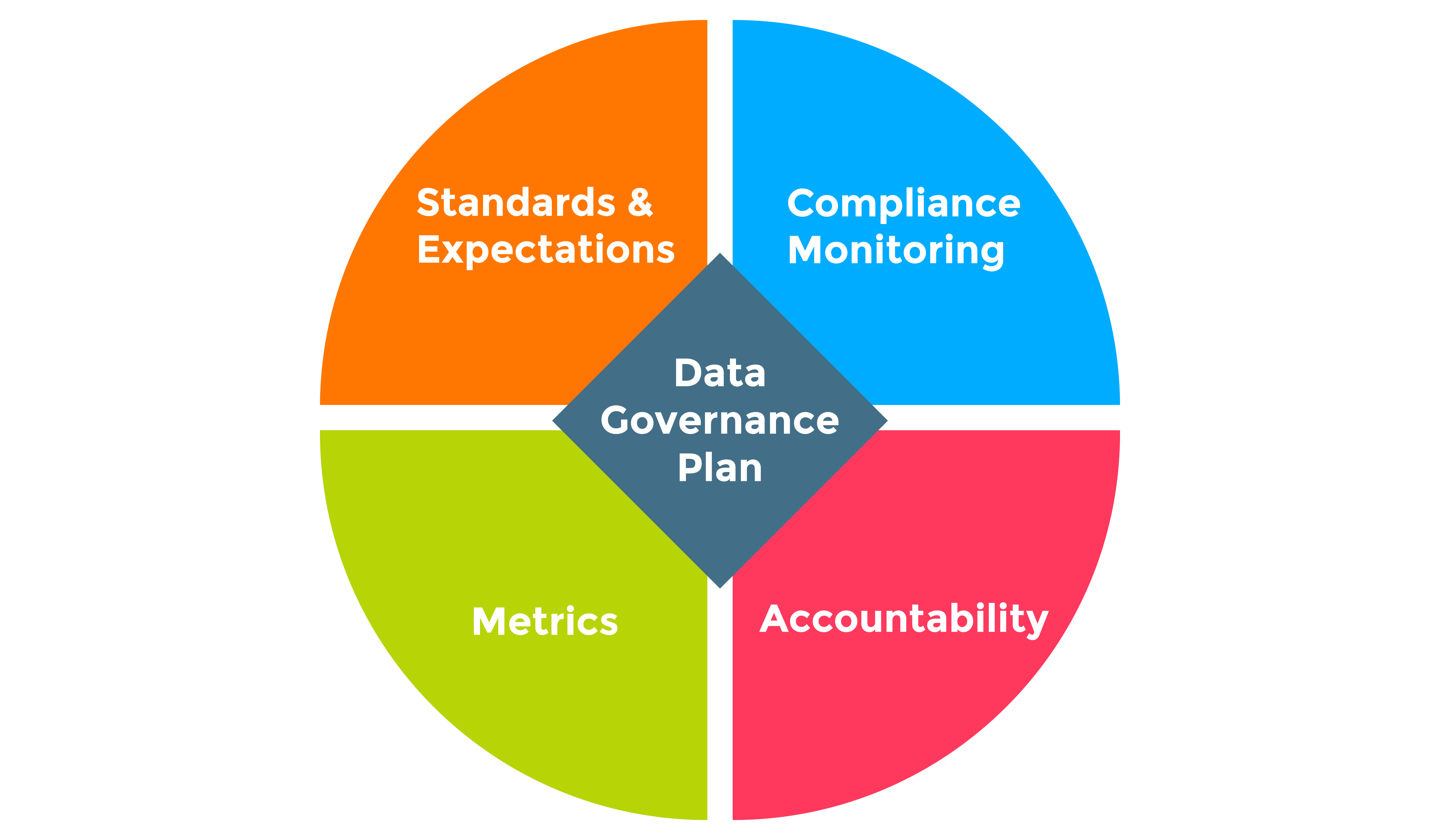Fill Your Candidate Pipeline with 3 Simple Steps
Now Hiring, Except YOU?
Visit any company’s website or LinkedIn page today and you’re likely greeted with a sign stating “Join our team!” “Now hiring,” or “Help wanted.” As the Talent Acquisition Manager of Ultranauts Inc., the main concern nearly all the recruiting professionals in my network share is where to find skilled, experienced, and diverse talent during the “Great Resignation.” The challenge is significant.
Regardless of the industry or company size, organizations are struggling to find qualified talent. In fact, a 2021 survey by the National Federation of Independent Businesses found 42% of business owners reported having job openings they could not fill, 90% of whom lacked well qualified applicants. And, as of February 2022, there were 11.3 million job openings compared to 6.9 million in February 2020, before the COVID pandemic closed many workplaces and devastated the global economy. The task of filling job roles becomes all the more daunting as company leaders implement diversity hiring benchmarks. The solution may not be found in automated tools or even expert consultants, but rather through a closer examination and overhaul of the basic candidate screening criteria.
No Shortage of Skilled Talent
Even as many companies struggle to hire in the post-pandemic world, Ultranauts Inc. has been able to attract hundreds of applicants per job posting for software and data quality engineering roles, including from an under-employed and unemployed segment--the neurodivergent workforce. In fact, 75% of our team are neurodivergent, the majority of whom are autistic. Not only is the Ultranauts team neurodiverse, but we’re also diverse in many ways. Our team is composed of more females than males, including on the leadership team, a fifth of our managers are black, and a quarter of our engineers and analysts don’t have a college degree. Ultranauts has been able to attract diverse candidates while efficiently and objectively evaluating applicants based on their potential to create value for the firm. We were even able to avoid the Great Resignation and successfully retained nearly 90% of our workforce, most of whom hold high-demand, technical positions..
AI Tools Can Help, A Little
As companies face volume sourcing and hiring challenges, many have turned to automated (AI) tools as the first layer of application review prior to any human interaction. These tools can be useful in pattern matching for characteristics of existing employees to discover candidates with similar profiles. Automated software can also be effective in screening for technical skills, especially when the requirements are clearly defined. However, these tools can be ineffective when companies are looking to expand and/or diversify their talent pool or screen candidates based on more subjective or ambiguous parameters.
Most AI tools are designed to screen out candidates who have not obtained a college degree, earned professional certifications, or completed a predefined number of years of work experience. A 2020 report by Harvard Business School and Accenture titled Hidden Workers: Untapped Talent found candidates who had gaps in work history or didn’t possess college degrees were often disqualified by automated screening tools, despite likely possessing the skills or knowledge needed to perform the role. Keyword search technology also screens out potential top candidates based on resume word choice. As further encouragement to eliminate educational and employment history criteria, President Biden challenged employers during the February 2022 State of the Union address to “move toward skill-based hiring.”
At Ultranatus, we’ve experimented with a range of AI and other software tools to assess job applicants. While some tools were helpful in identifying and matching common profiles, none met our particular need for spotting uncommon talent without human interaction. Our challenge was to objectively assess a candidate’s future potential, without relying on their past credentials.
There Is A Better Way
If Ultranauts had required a college degree, we would have missed out on a quarter of our high performing team members. If we had insisted on specific years of prior work experience, three quarters of the colleagues' driving value for the firm would not have been hired. Imagine if you could double your candidate pipeline by being more objective in your screening. You can start to do so with these three simple steps:
- Eliminate years of experience as a requirement in all job descriptions. Multiple research studies point to a low correlation between years of experience and on-the-job performance. Including such requirements can prevent many high potential candidates from applying;
- Remove college degree or professional certification requirements, and encourage candidates to share self-taught skills to demonstrate a value for lifelong learning. In today’s rapidly changing business environment, most knowledge has a short shelf life, and a candidate's ability to learn new skills and evolve with your business is much more important than the knowledge they already possess;
- Replace degree and experience requirements with targeted questions to assess a candidate’s learning agility, discover their specific strengths, and understand their current skills, which might have been demonstrated through side projects or volunteer work.
These steps are simple, but implementing them requires a willingness to move beyond the traditional recruiting playbook, revisit the screening criteria and tools with which we’re all familiar, and reimagine how we identify high potential talent. At Ultranauts, we’ve spent almost a decade doing just that.



